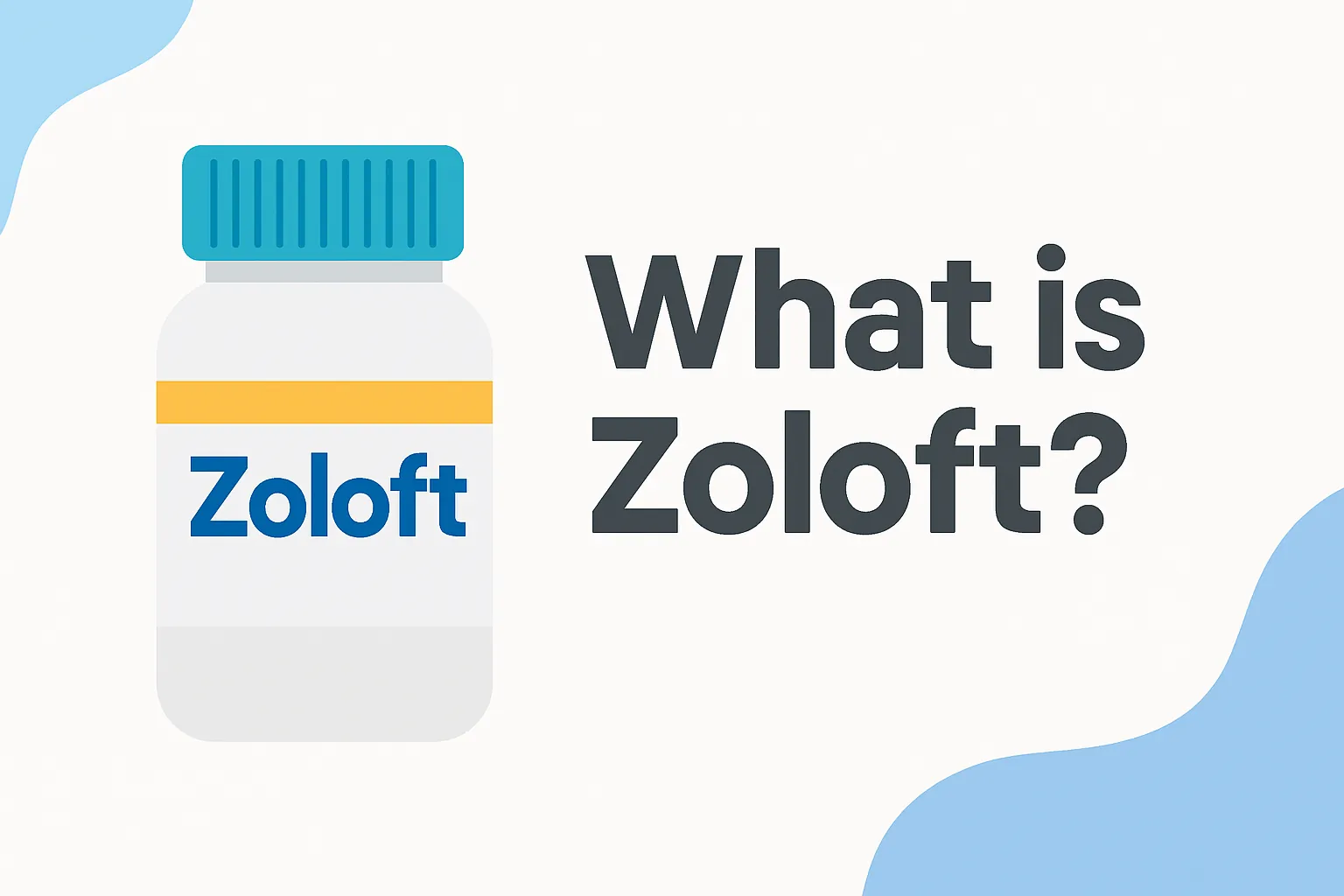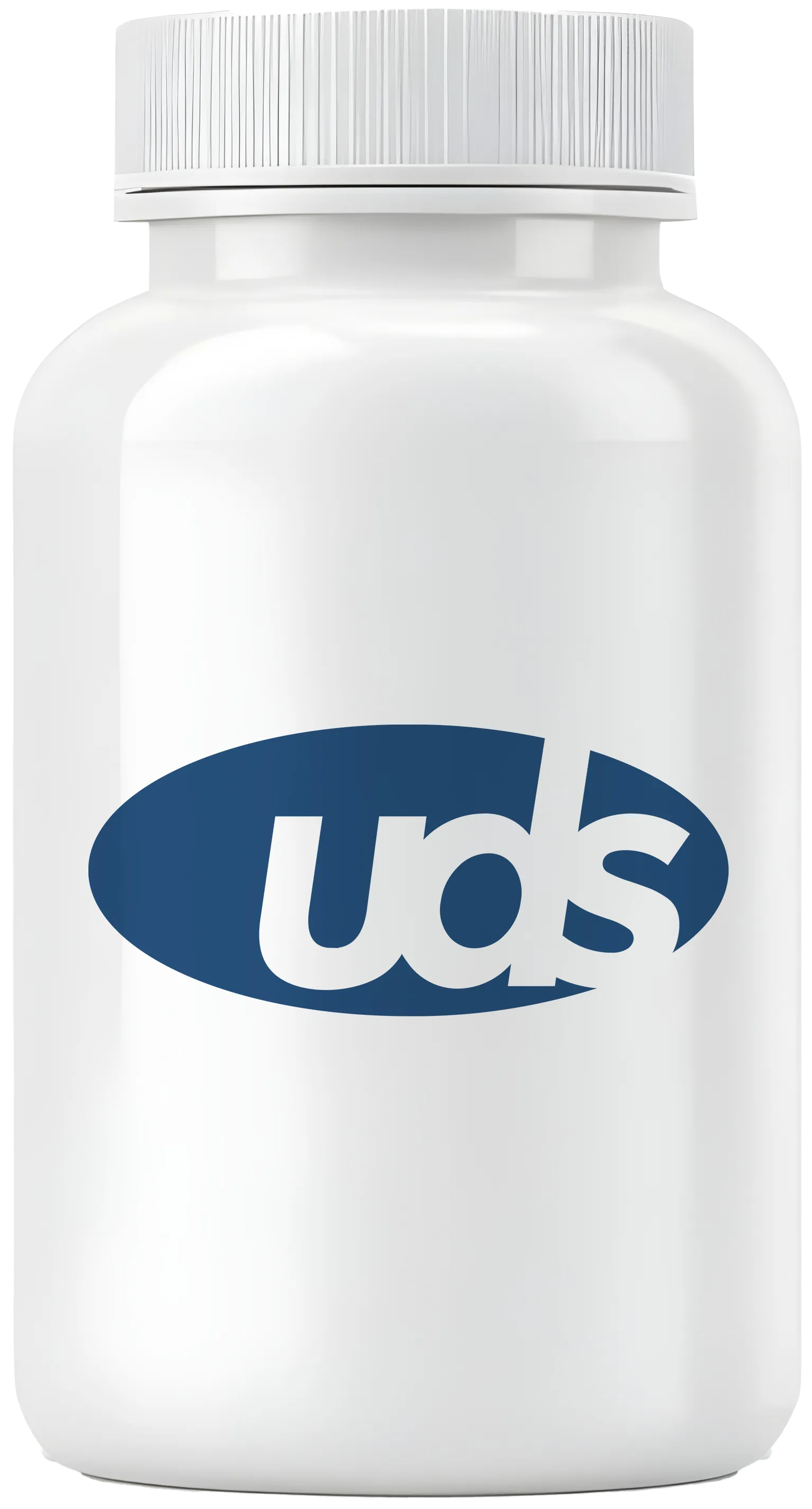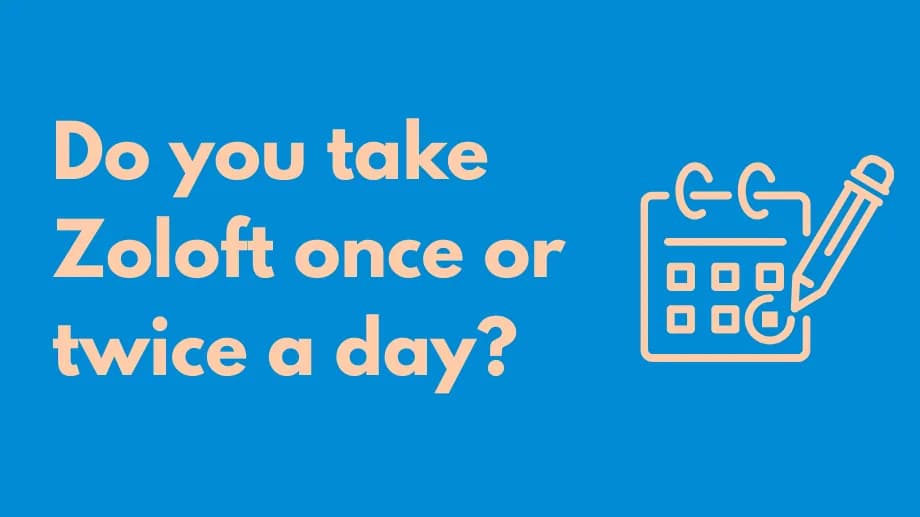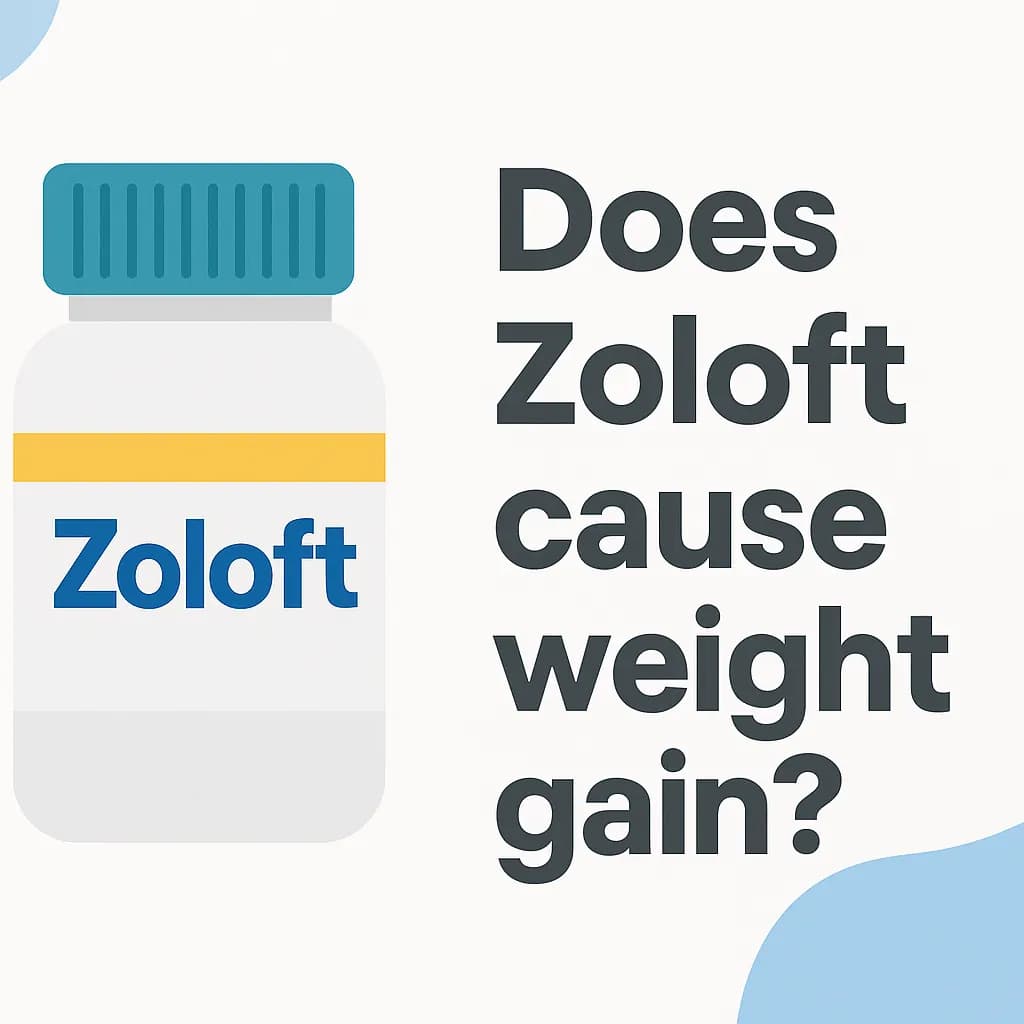What is Zoloft?

If you are feeling down, lack motivation, or nothing seems to interest you anymore, you may be seeing the early signs of depression. Depression is a mood disorder that affects how you feel, think, and behave. Lucky for you, there are many treatment options that can help with the symptoms of depression. One of the first medications your healthcare provider may suggest is a selective serotonin reuptake inhibitor (SSRI) such as Zoloft (sertraline), Prozac (fluoxetine), or Lexapro (escitalopram).
Zoloft is commonly used to treat depression, anxiety, and other mental health conditions. It increases the amount of serotonin in the brain, a chemical in your brain that helps regulate your mood. While it is generally safe and effective, there are many factors to consider before starting this medication. Keep reading to learn all about Zoloft and then ask your healthcare provider if this medication is right for you.
How does Zoloft work?
The active ingredient in Zoloft is sertraline hydrochloride. It is a brand-name SSRI antidepressant that was approved by the U.S. Food and Drug Administration (FDA) over 30 years ago. It works by blocking the reabsorption (reuptake) of serotonin in your brain and therefore increasing its activity. Serotonin is an important neurotransmitter that is thought to play a role in mood, sleep, and anxiety.
What is Zoloft used to treat?
Zoloft is used to treat several mental health conditions, including:
- Major depressive disorder (MDD)
- Obsessive-compulsive disorder (OCD)
- Panic disorder (PD)
- Post-traumatic stress disorder (PTSD)
- Premenstrual dysphoric disorder (PMDD)
- Social anxiety disorder (SAD)
What are the side effects of Zoloft?
The most common side effects of Zoloft include:
- Nausea
- Diarrhea
- Trouble sleeping
- Dry mouth
- Indigestion
- Tiredness or drowsiness
Other less serious side effects include:
- Irregular heartbeat
- Loss of appetite
- Changes in vision
- Tremor
- Sexual problems
- Sweating
Rare but serious side effects include:
- Serious allergic reactions
- Worsening depression and suicidal thoughts
- Serotonin syndrome
- Increased risk of bleeding
- Glaucoma
- Abnormal heart rhythm
- Low blood sodium levels
In children and adolescents treated with Zoloft, side effects may also include:
- Abnormal increase in muscle movement
- Agitation
- Nose bleeds
- Urinary incontinence
- Aggression
- Slowed growth rate
- Weight gain or weight loss
Shop Medications
These are not all of the possible side effects of Zoloft. Contact your healthcare provider for medical advice. You can report side effects to the FDA at 1-800-FDA-1088 or www.fda.gov/medwatch.
Are there drug interactions with Zoloft?
Ask your healthcare provider about interactions if you take any medications, vitamins, or supplements. Potential interactions include:
- Other SSRIs such as Celexa or Prozac
- SNRIs such as Cymbalta and Effexor
- MAOIs
- Tricyclic antidepressants (TCAs)
- Triptans
- Opioids
- Tryptophan
- St. John’s Wort
- Amphetamines
- Lithium
- Buspirone
- NSAIDs
- Aspirin
- Anticoagulants such as warfarin or clopidogrel
- Drugs that prolong QT interval
- Seizure medications like carbamazepine or valproic acid
- Drowsiness-causing drugs (alcohol, marijuana, antihistamines, sleep aids)
- Antabuse (disulfiram) with oral solution
Who should not take Zoloft?
- If taking or recently took an MAOI
- If taking Orap (pimozide)
- If allergic to sertraline or ingredients in Zoloft
- If taking Antabuse with Zoloft oral solution
What does your healthcare provider need to know before you start Zoloft?
- Liver, heart, or kidney problems
- History of seizures or convulsions
- Bipolar disorder or mania
- Low blood sodium levels
- History of stroke or high blood pressure
- History of bleeding problems
- If pregnant or planning pregnancy
- If breastfeeding
What should you do if you miss a dose of Zoloft?
If you miss a dose, take it as soon as you can. If it is almost time for your next dose, skip the missed dose. Do not take double doses.
How should you store Zoloft?
Store Zoloft at room temperature between 68°F to 77°F (20°C to 25°C). It may be stored between 59°F to 86°F (15°C to 30°C) for short periods. Keep out of reach of children.
How is Zoloft Oral Solution taken?
Use the dropper provided to measure and mix Zoloft oral solution with 4 ounces of water, lemon/lime soda, ginger ale, orange juice, or lemonade. Do not mix with other liquids or in advance. Take it immediately after mixing. Avoid if sensitive to latex or taking Antabuse due to alcohol content.
Related Medications
- Prozac (fluoxetine)
- Paxil (paroxetine)
- Celexa (citalopram)
- Pristiq (desvenlafaxine)
- Effexor XR (venlafaxine ER)
- Lexapro (escitalopram)
Sources
- Zoloft product information. FDA. Accessed July 10, 2024.
- Sertraline (Rx). Medscape. Accessed July 10, 2024.
- APA clinical practice guide. APA. Accessed July 10, 2024.
- Singh HK, Saadabadi A. Sertraline. StatPearls. Accessed July 10, 2024.
- National Alliance on Mental Illness. Accessed July 10, 2024.








